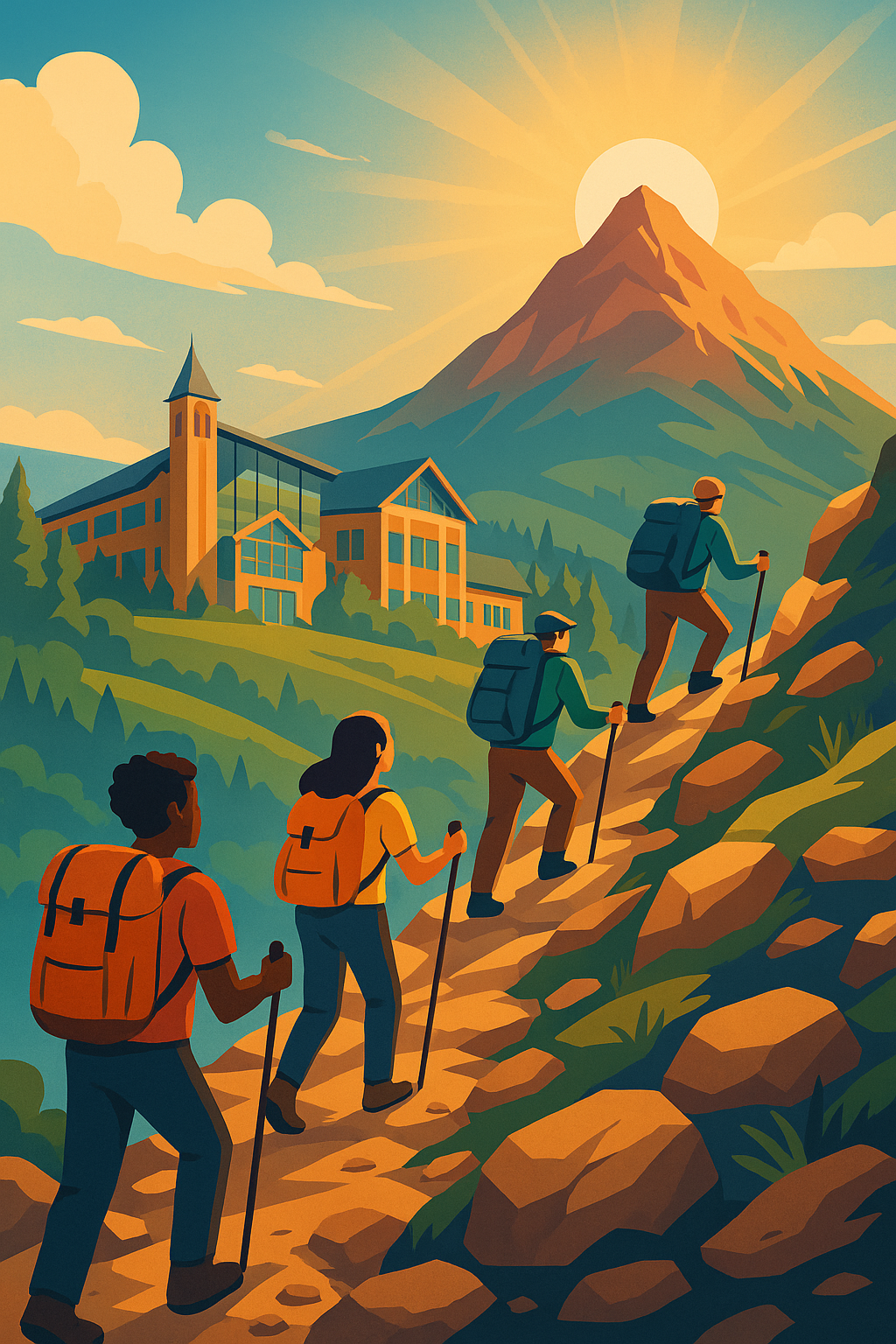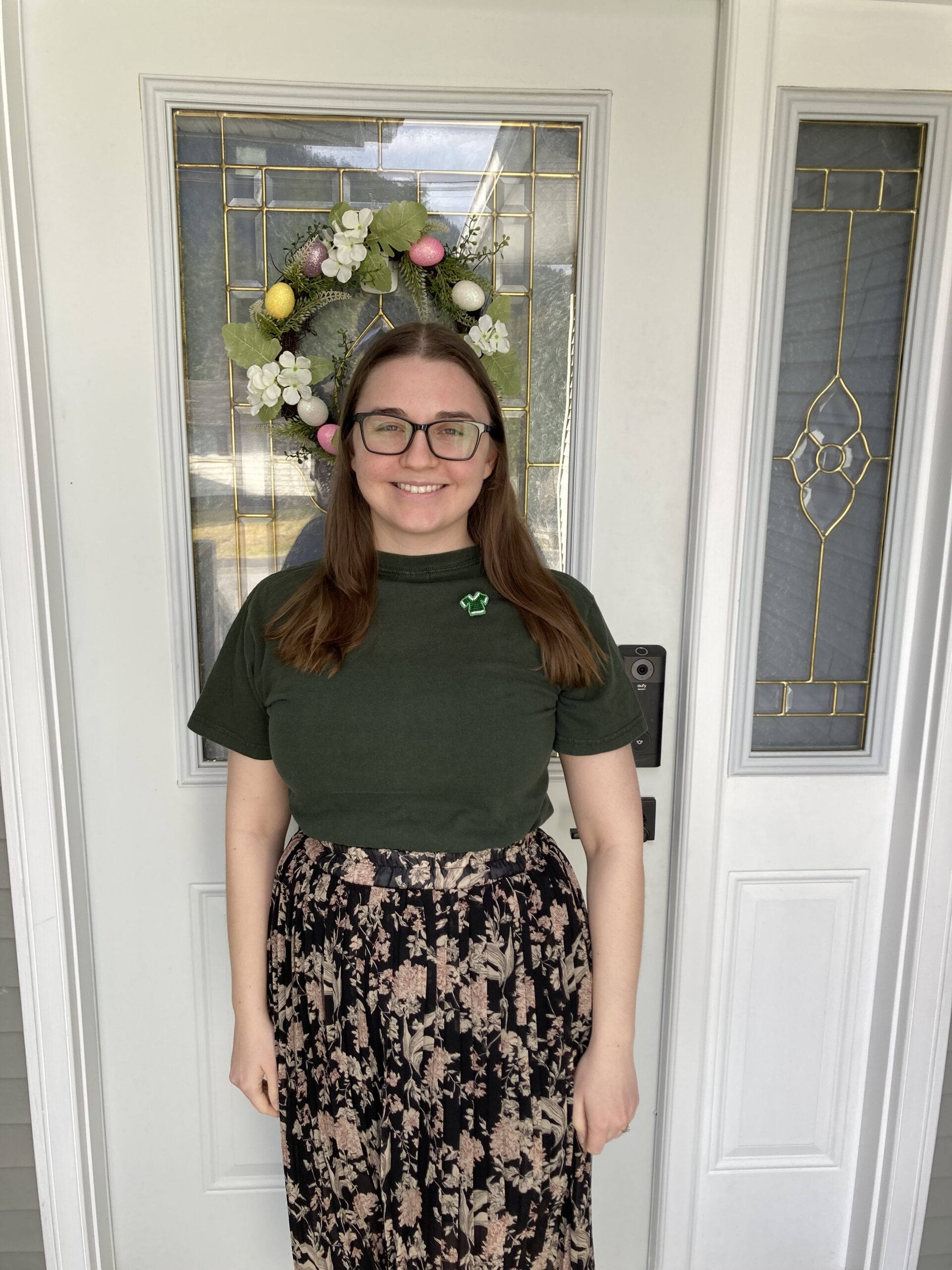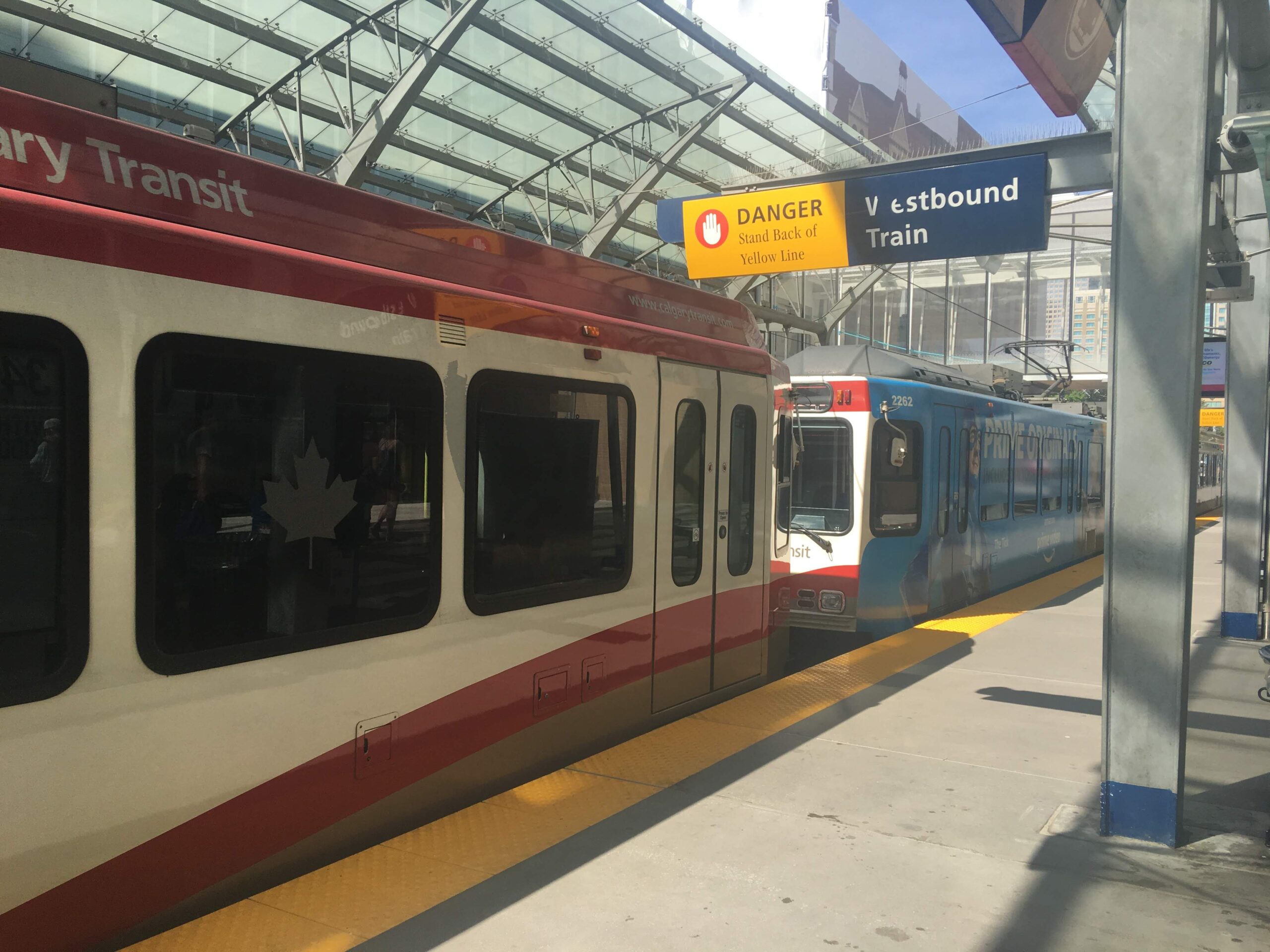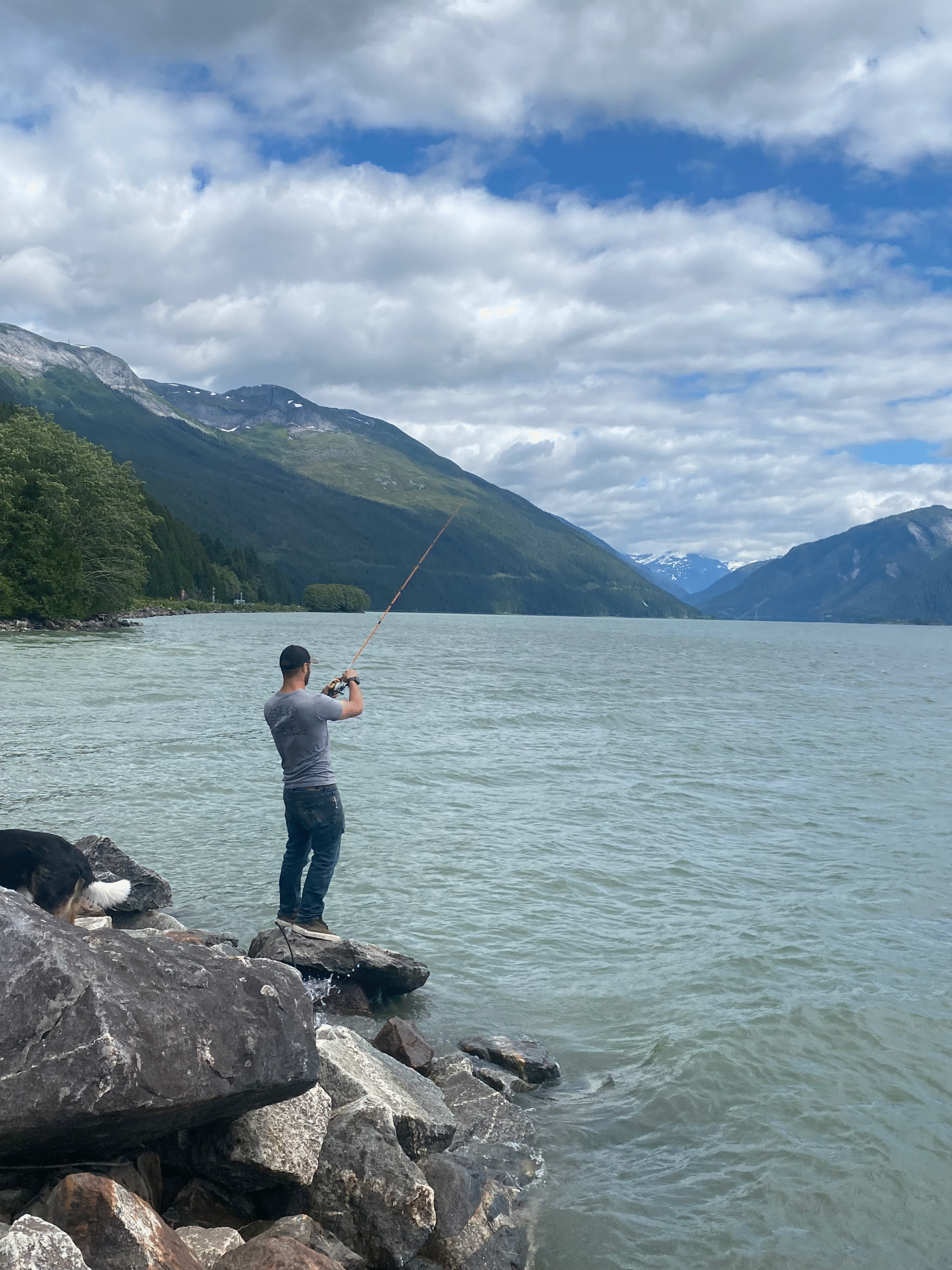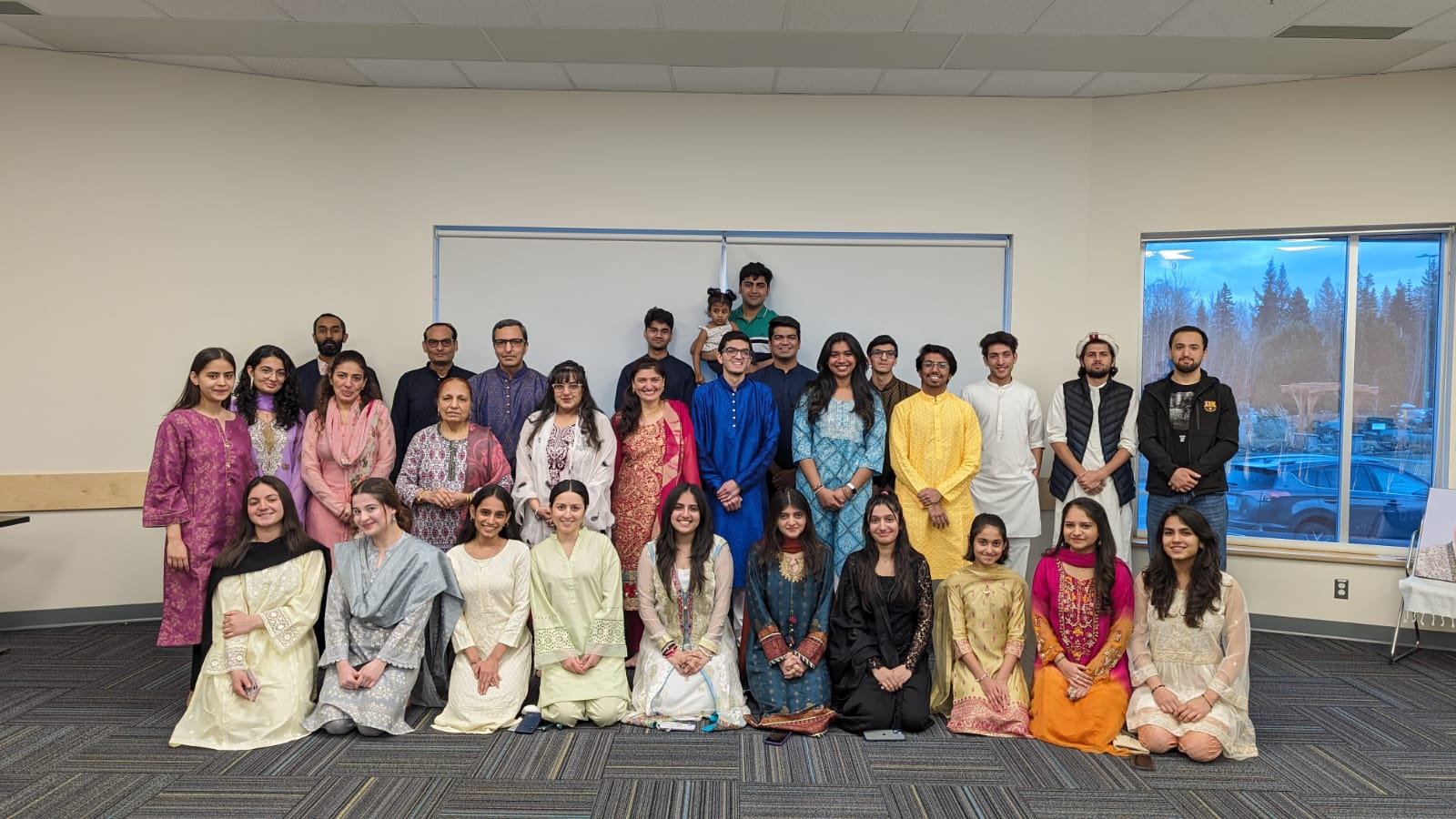A semester of a strike, 1.5 years of a pandemic, and students can finally return to the classroom. However, will it be challenging to return to ordinary student life?
Over the past year and a half, everyone has done a great job. The teachers converted the lesson plans into an online format, and tried to make the lectures available to every student, regardless of his location and time zone. Students also had to get used to distance learning, and instead of being surrounded by professors and classmates, they had to be alone with a computer. Everyone faced several problems, an Internet connection, a broken microphone or camera, difficulty in understanding the assignment, and many had to spend much more time studying the subject and completing tasks. However, during a pandemic, everyone has gained new experience and is happy to return to face-to-face learning. What advantages will students and professors take out of studying online?
The possibility of choosing
In some classes, we can observe that professors offer options for studying: attending lectures directly in the classroom, online, or watching recorded lectures. Also, in some classes, tests and exams will be conducted online. The possibility of choice allows students to study regardless of their location, physical condition, or moral beliefs.
Self-organization
A year and a half of online training forced students, in most cases, to study and cope with difficulties on their own. This time was hard for everyone. Many people had to spend more time and effort mastering the material and completing tasks in the online format. However, thanks to the experience gained, students can plan their schedules more successfully.
Mastering new technologies
Each of us is familiar with specific technologies. Faced with the need to teach online, professors mastered new programs and technologies and changed curricula in a hurry. Students got new programs to complete tasks. We have a large arsenal, and thanks to the learned programs, we can perform tasks most successfully.
Returning to the campus allowed the students to return to their usual routine. Despite all the advantages, a sharp transition to on-campus education can be morally tricky for students. How can we make the transition from online to face-to-face more gentle?
Our university takes care of the moral and physical condition of absolutely all students. This is reflected in a vast number of clubs, centers, organizations, and other resources. Whether you are studying under the program of mathematics and statistics, commerce, or any other, each program has a club where you can find like-minded people, classmates, and much additional support. You can also visit the Athletic and Recreation Office if you want to join the sports life of the university! Are the cultures and customs of the first nation people attractive? Visit the First Nation Centre! Do you live in residence? Resident Assistance conducts various activities for students. Maybe you can find something interesting for yourself and meet new people?
You can continue this list for a long time, regardless of your race, gender, native language, level of education, everyone can find support, both academic and moral!
Life during the pandemic was difficult and remained so for many of us. However, each of us can find the necessary support to return to the usual school routine. Undoubtedly, online training has changed our lives, but it has also given us considerable experience. Now, returning to everyday life, we will appreciate more what surrounds us.
